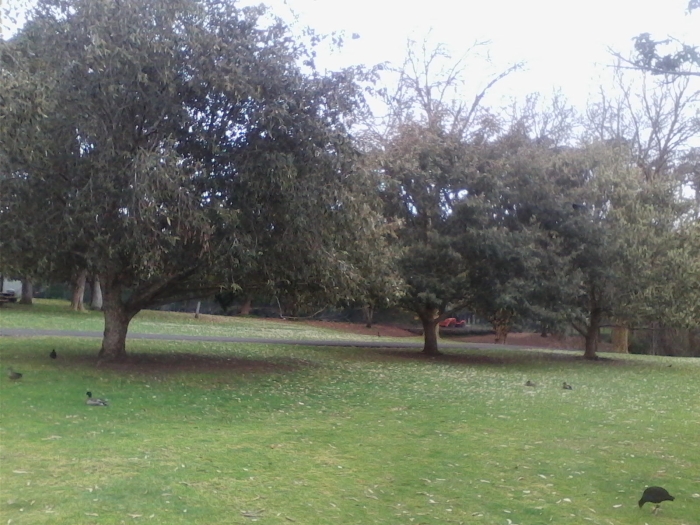Woolly Oak
(Quercus lanata)
Woolly Oak (Quercus lanata)
/
/

© Stephen Thorpe
CC BY 4.0
Image By:
© Stephen Thorpe
Recorded By:
Copyright:
CC BY 4.0
Copyright Notice:
Photo by: © Stephen Thorpe | License Type: CC BY 4.0 | License URL: http://creativecommons.org/licenses/by/4.0/ | Uploader: stephen_thorpe | Publisher: iNaturalist |






Estimated Native Range
Summary
Quercus lanata, commonly known as Woolly Oak or Brown Oak, is a slow-growing deciduous tree native to the montane forests of the Himalayas, extending from Nepal to Myanmar, Vietnam and Western China. It thrives in a range of elevations from 900 to 2400 meters above sea level, often on limestone and sandstone substrates. Woolly Oak can reach a height of 20-60 feet (6-18 meters) and is characterized by its dense, woolly undersides of leaves and a broad, rounded canopy.
The Woolly Oak is notable for its adaptability to various soil types, including clay, loam, and sandy soils, provided they offer medium to fast drainage. It prefers full sun to part shade and requires moderate watering. While its yellow or green flowers are inconspicuous and bloom in the spring, they contribute to the local ecosystem by supporting pollinators. This oak is less commonly used in ornamental cultivation compared to other species but can serve as a unique specimen tree in large gardens or naturalized areas. Gardeners should be aware that, like many oaks, it may be susceptible to pests such as borers and fungal diseases like oak wilt.CC BY-SA 4.0
The Woolly Oak is notable for its adaptability to various soil types, including clay, loam, and sandy soils, provided they offer medium to fast drainage. It prefers full sun to part shade and requires moderate watering. While its yellow or green flowers are inconspicuous and bloom in the spring, they contribute to the local ecosystem by supporting pollinators. This oak is less commonly used in ornamental cultivation compared to other species but can serve as a unique specimen tree in large gardens or naturalized areas. Gardeners should be aware that, like many oaks, it may be susceptible to pests such as borers and fungal diseases like oak wilt.CC BY-SA 4.0
Plant Description
- Plant Type: Tree
- Height: 20-60 feet
- Width: 30-50 feet
- Growth Rate: Slow
- Flower Color: N/A
- Flowering Season: Spring
- Leaf Retention: Evergreen
Growth Requirements
- Sun: Full Sun, Part Shade
- Water: Medium
- Drainage: Medium, Fast
Common Uses
Low Maintenance
Natural Habitat
native to the montane forests of the Himalayas, extending from Nepal to Myanmar, Vietnam and Western China
Other Names
Common Names: Woolly Oak, Rock Oak, Brown Oak
Scientific Names: , Quercus lanata, Quercus lanata var. eriocarpa,
GBIF Accepted Name: